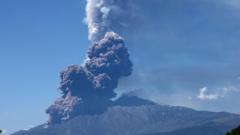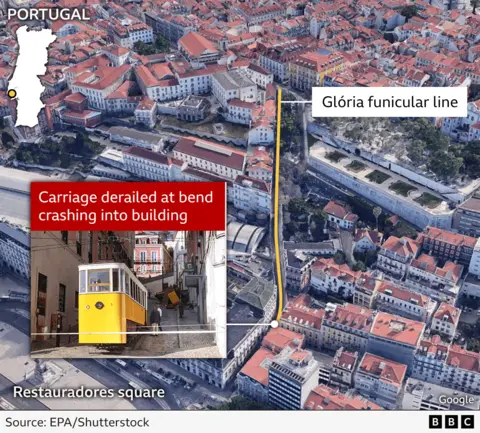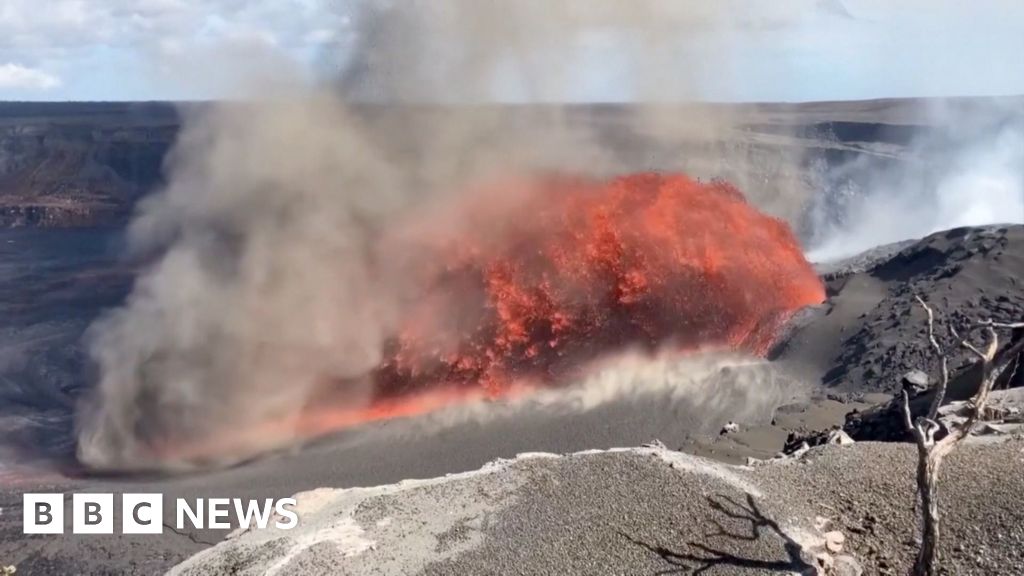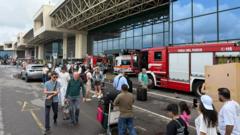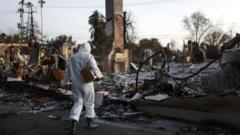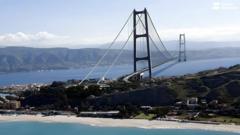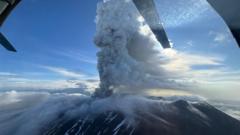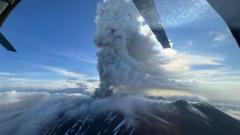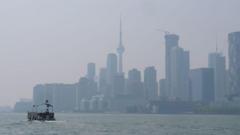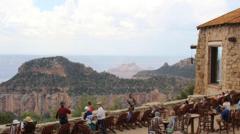Italy's iconic Mount Etna made headlines today as it erupted, sending enormous plumes of ash and smoke into the atmosphere over Sicily. Scenes captured throughout the morning display the volcano's fiery display, with video footage showing volcanic material cascading from its summit. According to the National Institute of Geophysics and Volcanology (INGV) Etna Observatory, multiple explosions of "increasing intensity" were noted early Monday.
While the full scale of this eruption is yet to be determined, there have been minimal disruptions, including ongoing flight operations at local airports. Mount Etna holds the reputation of being one of the world's most active volcanoes, and such eruptions are part of its natural cycle, typically resulting in little to no harm.
The latest activity is believed to have originated from the southeastern slope, where a known 200m-wide vent exists. Observations show a rapid pyroclastic flow made up of ash, gas, and rock streaming down the volcano, possibly indicating a collapse of part of Etna’s crater. Although pyroclastic flows can pose serious dangers, especially to nearby areas, there are currently no signs of imminent threats.
As of the latest reports from INGV, the volcanic material has not breached the Valley of the Lion—the usual stopping point for tour excursions. The eruption, described as a "Strombolian" type, commenced around 00:39 local time (22:39 GMT), characterized by its intermittent explosions fueled by gas within the magma chamber. Such eruptions can potentially disrupt air traffic, but reports indicate that an initial red alert issued earlier in the day was later downgraded.
Mount Etna's prior notable eruption occurred in February, prompting the diversion of numerous flights at Catania airport due to ash clouds. Tourists have also been advised to maintain a safe distance from lava flows as a precaution.

